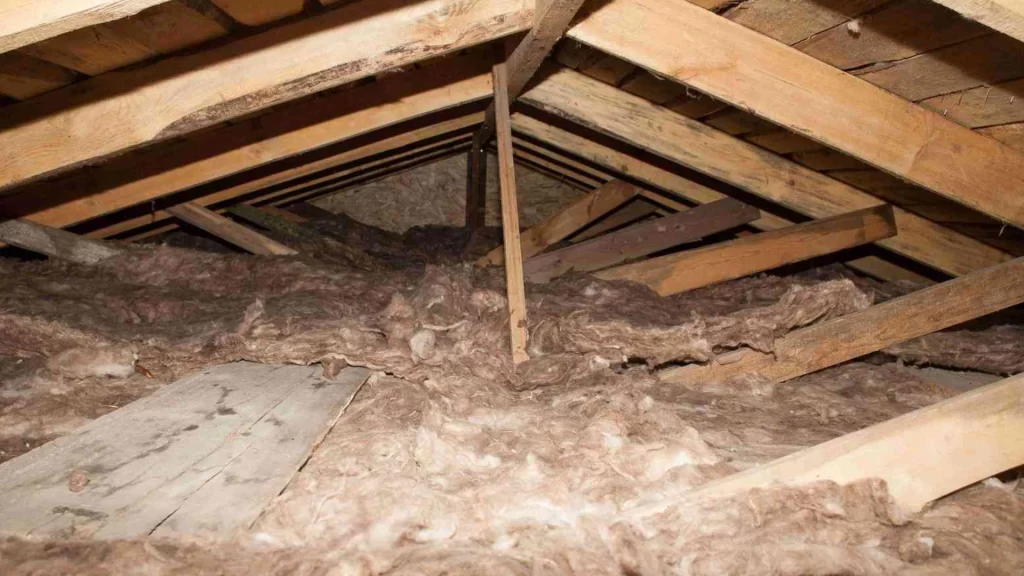Installing insulation correctly is one of the most cost-effective improvements to save energy, from the point of view of efficiency in the construction process.
Likewise, building codes tend to demand higher levels of insulation in walls, attics and foundations.
How to install insulation correctly: Most insulations are made with low conductivity fibers – glass fiber, paper and rock wool – with the purpose of retaining air in tiny bags to provide almost all insulation properties. In this article we will focus primarily on these fiber-based insulating materials.
Attic insulation installation is permeable by air and slows or slows its flow, but it is not a barrier that can completely stop air flow. The key is to prevent the flow of air through the insulation, because that flow would displace the air contained in the tiny bags. Bypassing this decisive step can decrease the overall insulation performance in general, the tenant’s comfort and energy efficiency.
Insulation in fiberglass blankets or rolls are the most common options for insulating walls, ceilings and attics in all climatic zones. Blanket insulation is inexpensive, easily available and can be installed with little or no specialized equipment. It is found in millions of homes and can be very effective when installed correctly.
Hence the blankets (fiberglass, mineral wool or other materials) have to be installed correctly so that they perform according to their specific R (thermal resistance) value. The holes, joints and other mechanical penetrations must be sealed tightly before installing the attic insulation.
In addition to installing insulation correctly, it is also decisive that the insulation is surrounded by airtight materials that have contact with each of its six sides. This is called encapsulation. The six sides in a space between walls are: the upper plate, the lower plate, the vertical cavities between the crossbars, the outer sheet and the inner drywall.
Paying little attention to detail during insulation installation can lead to compression, which displaces the air that should remain retained in the bags. Fully unfilled cavities can induce airflow by convection through insulation. A few cuts, gaps or cracks left between the blankets may decrease the R value or thermal resistance.
Insulation with expanded fiber and foam spray can provide a more reliable, foolproof system, but many of the above rules must apply, including the need for encapsulation. To achieve the highest performance, you may need several types of insulation. For example: small or hidden spaces could be easier to insulate with sealing products, such as spray foam or a combination of rigid foam cut to size and sealed in place.
How to install fiberglass blankets
To install fiberglass insulation blankets, cut them ⅜ to ½ inch longer than the cavity. Standard blankets are pre-cut about ½ inch wider than a standard wall cavity with 16 or 24 inches of center-to-center (OC) framing. For unconventional cavity widths, cut the blanket with ½ inch wider.
Place the blanket so that it fills the cavity from top to bottom, from side to side, and from front to bottom. Cut the blanket to fit it around the electrical junction boxes and divide it around wires or pipes in the cavity. Don’t be content to push it behind the obstructions.

